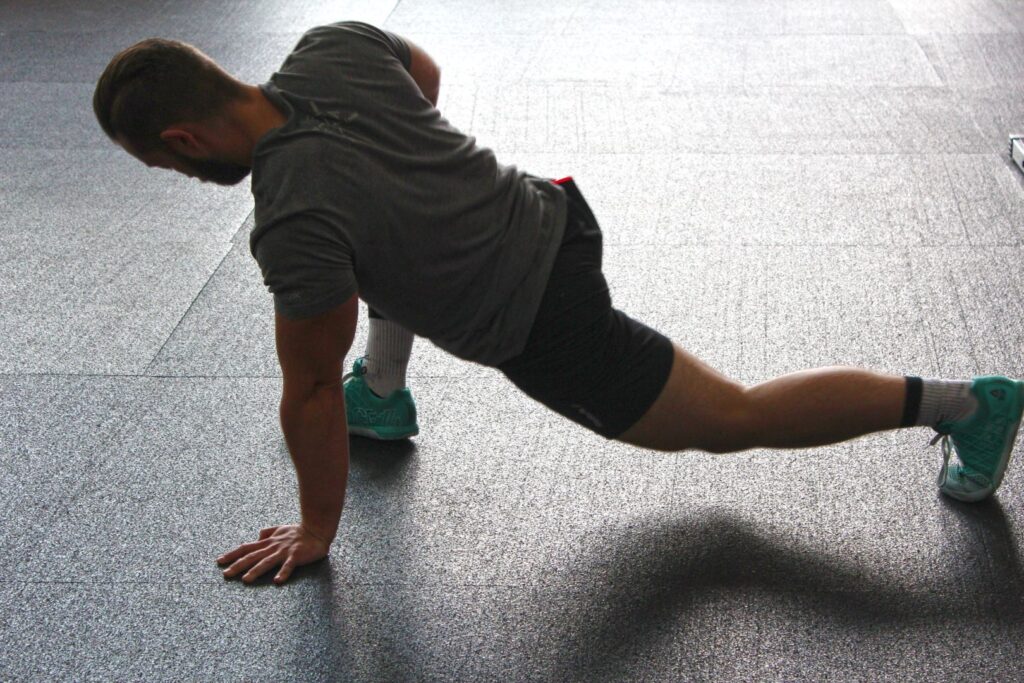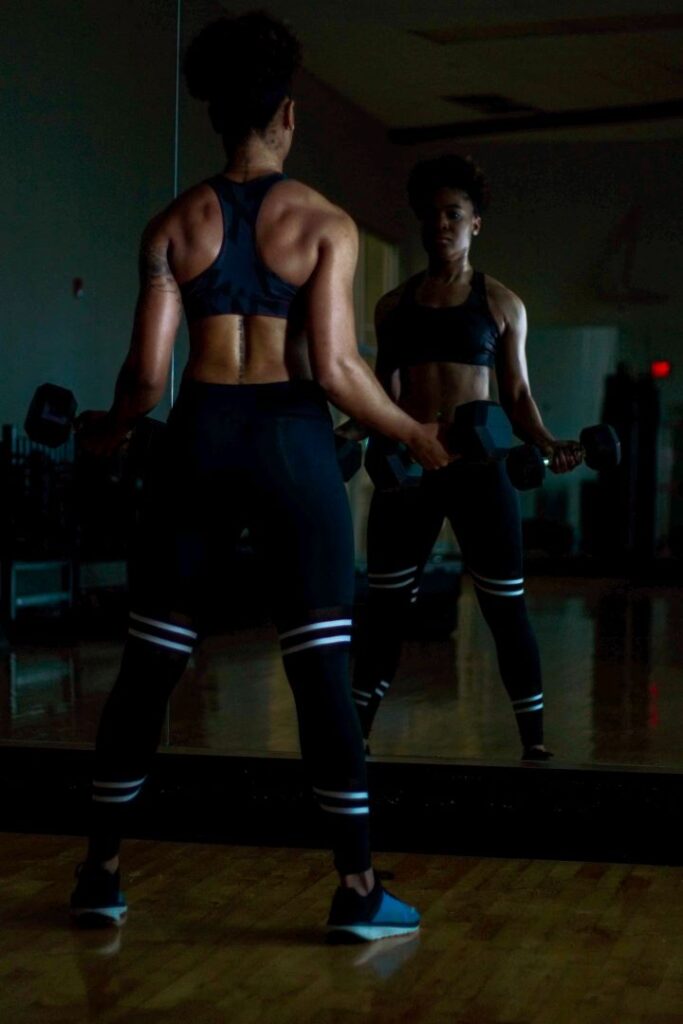Working Out for Beginners: How to Start Your Fitness Journey
Introduction
If you have never worked out before, it can be hard to know where to start. You might be ready to get your heart pumping and sweat dripping off your body, but don’t know how to get started.
In this post, we’ll take a look at how beginner’s can safely begin their fitness journey with some simple tips.
Do a warm-up and cool down
A warm-up and cool-down are essential for any workout.
Warm-ups help you prepare your muscles for exercise while cooling down after working out encourages blood flow to the area and helps prevent injury.

If you don’t do a proper warm-up, it can lead to various injuries including muscle pulls, tendonitis, or pain in another part of the body (such as strained ligaments).
You also might not be able to get as much out of your workout if you’re not warmed up properly—you may feel tired soreness after just 30 minutes! On top of that: if there’s any chance at all that something could go wrong during exercise (like an injury), then taking care of yourself before starting will help prevent any potential problems from happening in the first place!
As a beginner choose a goal
When you begin, choose a goal that you can achieve.
If your goal is to get in shape and lose weight, then it’s not going to work if your daily workout schedule consists of only one hour per day.
Try to make sure that you spend at least 30 minutes on the treadmill or elliptical machine each day for six weeks before moving on to another fitness program.
A good goal should be something that is achievable within a short period of time (e.g., “I want to lose 10 pounds” versus “I’m going on vacation next month”). It also helps if the outcome is measurable (e.g., “I lost 10 pounds in 4 months”).
Start by looking at your body
Look at your body.
Start by taking a look at your body from all angles and in different lighting conditions.
It’s important to try looking at yourself from all sides, as well as in different clothing and weather conditions (for example, if you want to work out outdoors during winter months).
This will help you become aware of what does and doesn’t feel good about yourself, so that when you start working out or changing how often or how intensely based on those feelings alone – then it should be easier for someone else who isn’t familiar with their own body’s reaction.”
Set a schedule and stick with it
Setting a schedule is hugely important. If you’re not consistent, you’ll never see any results.
Set aside time each day or week to exercise, no matter how long it takes. Don’t skip workouts or days of the week—even if those days are busy ones like weekends and holidays (and they should be!).
Become more mindful of how your body feels during exercise
To become more mindful of your body during exercise, try to:
- Listen to it. Check-in with how your muscles feel and whether they’re tired or sore after a workout.
- Listen to the sound of your breathing and heart rate during cardio training exercises. If you notice any signs of discomfort or pain, stop immediately and move around until the symptoms go away (for example, change directions).
- Pay attention to your surroundings.
- Paying attention will help keep you focused on what is happening right now instead of worrying about what’s going on elsewhere in the room—or outside! It also helps prevent accidents like falling while walking on uneven ground or losing balance while playing basketball at recess.”
Make sure to stretch before and after every workout
Stretching is important for everyone, but especially for beginners.
It helps to prevent injury and muscle soreness, which can lead to a more effective workout in the long run.
It also helps you avoid injury because it allows you to use less force when lifting or running, which reduces the risk of strain or strain on your joints.
When stretching before workouts, make sure that your muscles are warm before starting so they don’t feel like they’re too tight from being cold during training sessions!
If you want to work out and stay healthy, you need to first understand how to start your journey safely
Start with a warm-up and cool-down
If you want to work out, then it’s important that you first understand how to start your journey safely.

The first step is always the most important one: warming up before exercise will help prevent injuries and allow your muscles time to relax after they’re fatigued from activity.
A good warm-up should include light jogging or walking for about five minutes (you can go faster than this if that feels more comfortable), followed by some light stretching exercises like arm circles or toe touches—this will help keep blood flowing throughout the body while getting all its muscles ready for action!
Next comes cooling down afterwards this allows any excess heat generated during exercise time dissipate so that it doesn’t cause further damage over time (like when we burn ourselves).
Cooling down also helps reduce soreness post-workout because it allows blood flow back into muscles which has been restricted due tightness caused by effortful movement patterns.”
Conclusion
So, now that you have all this knowledge and guidance, what are you waiting for? Go out there and start working out!
Share this content:













